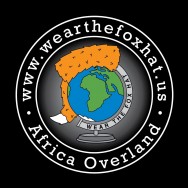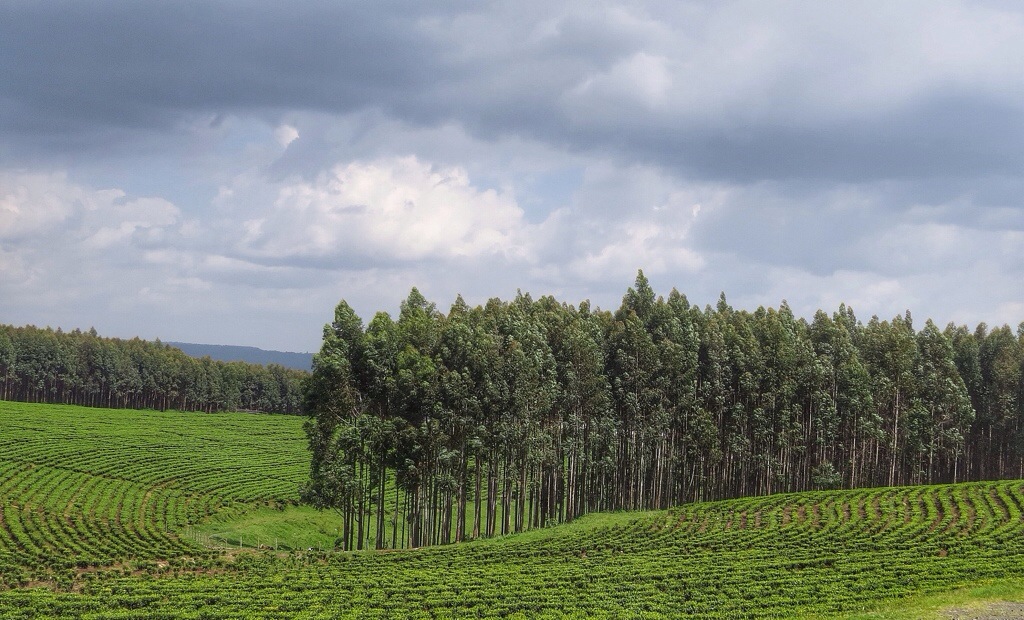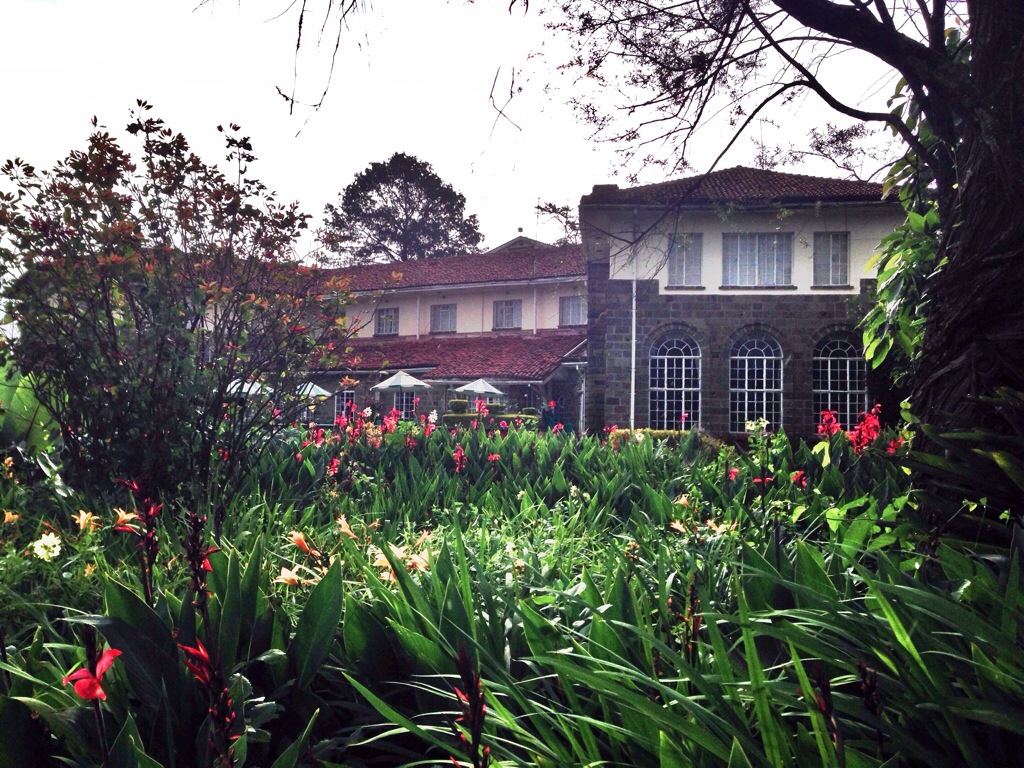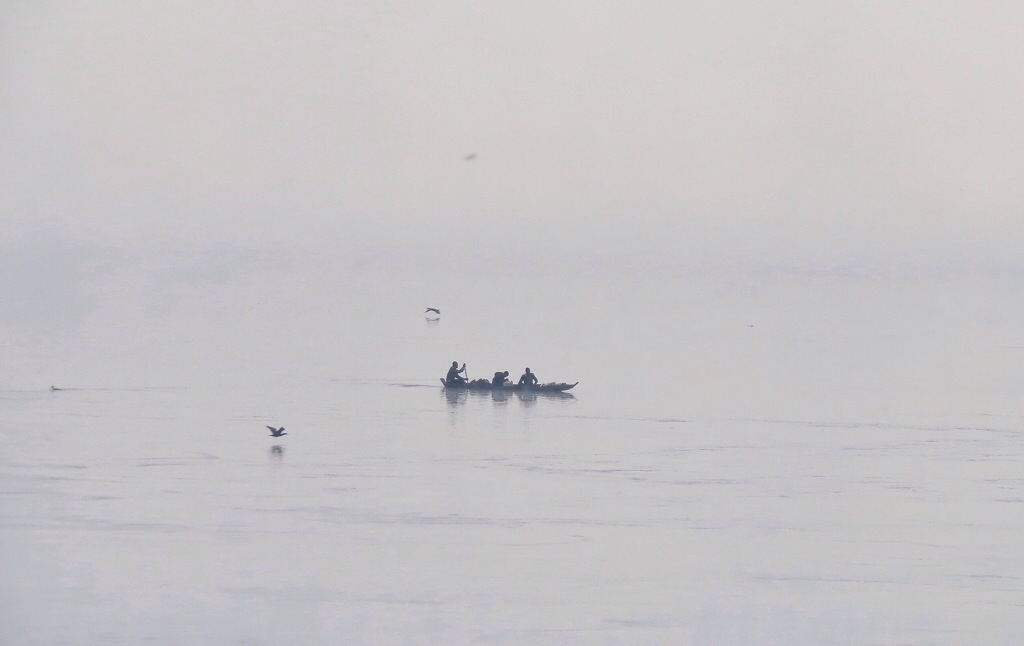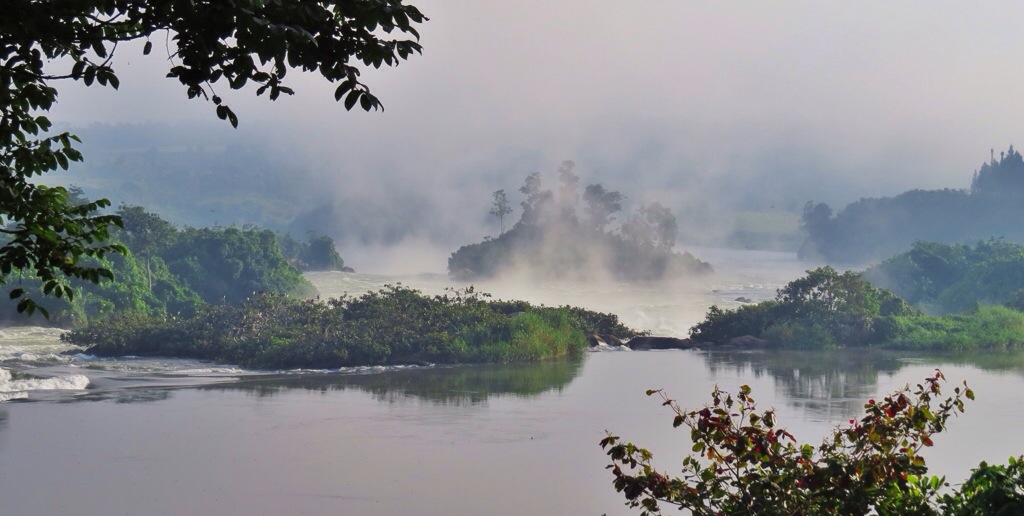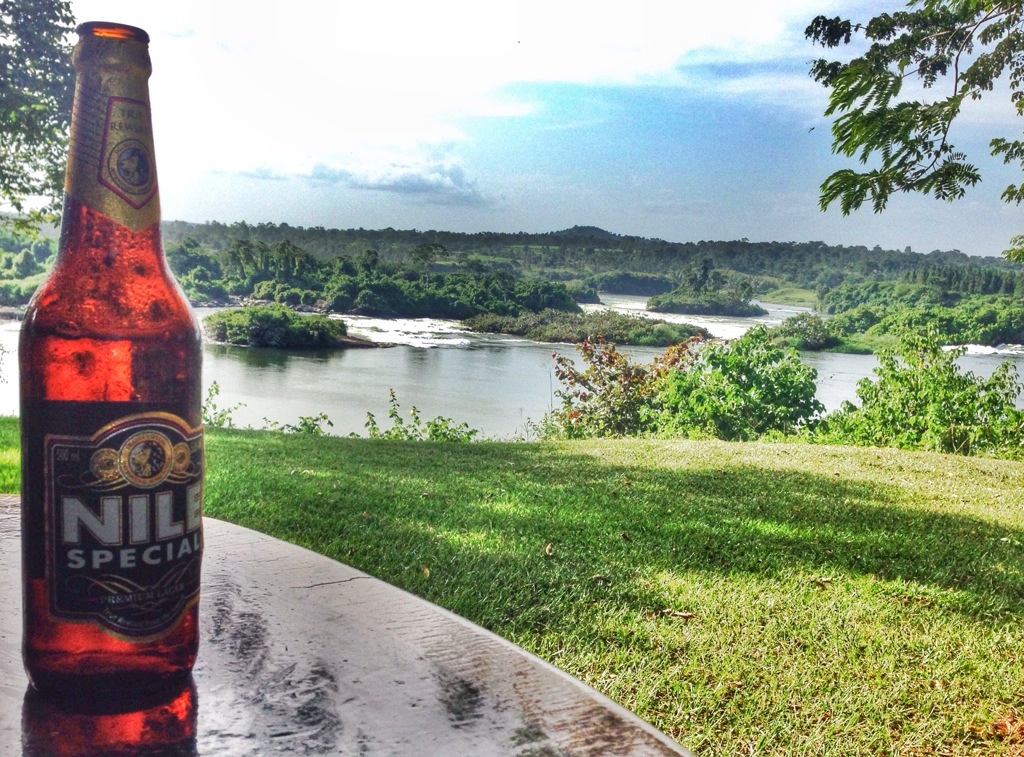Gareth & Kirsty arrived briefly at Karen Camp, Nairobi and it was good to see them again. They’d been hanging around trying to get Visas for Ethiopia and had finally got a flat ‘NO!” The same answer they got in Kampala. The same as pretty much everyone else trying to go north since the recent terrorist attacks.
It used to be that you just had to be patient, put up with the bureaucracy, wait a week or so and you’d eventually get them. Now, there’s no chance.
Perversely, the Visas can be granted in your home country so G&K left for Uganda, from where they would send their passports home, have the visas put into them and chill for 14 days while they waited for them to be sent back to them by courier.
We had one more task to do before we also headed to Uganda. I had checked our stash of US$ (we’d need them at the border) only to find they had become soaking wet (again) and had stuck together like a brick!
The next 24 hours was spent soaking them and washing them in buckets of water. Then, extremely carefully, trying to peel them apart, clean off the mould and dry them. Not an easy task to launder money in public and then lay it out to dry.
Not very successful either. Although I managed to salvage some of it, $560 were absolutely ruined: either dissolved, full of holes, defaced by ink-staines or simply stuck together irretrievably. That’s another lesson learned the hard way.
There’s a further $235 which is in debatable condition (I tried to use some of it to pay our camping bill but they wouldn’t take anything that even looks slightly dirty or tatty as the banks won’t touch them). Might as well use it to light the cooking fire – but I’ll hang onto it and see if a bank in the UK will exchange at least some when we get back.
Top Tip: Keep money in a dry-bag. No…keep money in 2 dry-bags!
We headed west from Nairobi and camped overnight at one of the huge tea plantations of NW Kenya (I was surprised that they are the 3rd largest tea producer in the world).
Given the simple, rural housing all around us, ‘The Tea Hotel’ stood out as an old-fashioned, typically ‘English’ building. Very out of place.
It turned out to be the home and first plantation of the chief executive of Brook Bond Tea (PG Tips / chimps tea-party advert fame). It must have appeared like a castle to the locals when first built.
The following morning we got to the Kenya / Uganda border after a further 180km of good, tarred mountain roads and lunatic, aggressive Kenyan bus drivers.
Only 20 minutes on the Kenyan side, but a frustrating 90 minutes on the Ugandan. We changed some money at a reasonable rate with the ‘official’ money changers (all wearing numbered overalls) and bought our 2 Ugandan Visas for $50 each. Standard issue is 30 days but, if you ask, longer durations (up to 90 days) will be issued at no extra charge.
All efficient and modern (fingerprint scanners and digital photos).
The frustration came from trying to get the car Carnet stamped. The first guy we saw told us that our COMESA insurance was not valid because it was on an old form (the new paper is apparently slight larger, the anti-fraud hologram, slightly different and the printed flag on the form should be ‘wavy’ rather than straight). He told us that we’d have to pay $200 for new Ugandan insurance and that he could only sell a 12-month policy, regardless how short our stay.
It wouldn’t surprise me if our COMESA was fake – buying it had been a shambolic, Micky-Mouse process. But there was no way I was going to spend $200.
We started to smell a rat first when he was prepared to negotiate the insurance fee, and then when we realised that he actually hadn’t confiscated our ‘fake / invalid’ COMESA. We pushed him further and told him we wouldn’t pay, wanted our original COMESA back and as far as we were concerned we’d bought it in good faith. He told us we wouldn’t get through the border, but eventually gave in and reluctantly let us go.
It turned out he had nothing to do with the Carnet / Customs process, but was actually the Border Insurance Agent.
The only other hassle was paying the $20 (in Ugandan Shillings) Car Levy to get the Carnet stamped. Because no one trusts Government Officials, no money can be handed to them. Therefore the Carnet is left with the Customs Officer; he prints a bill; you take the bill to the bank (none visible, no signs, you must walk down a back-street, through a cafe, through a tourist shop and find it about 800m away); the bill is paid at the bank; the bank provides a receipt; you walk back through the cafe & shops to Customs; Customs check the receipt and phone the bank to make sure its genuine; Customs write all details out in a huge ‘Dickensian’ ledger, stamp the Carnet and send you on your way. Cumbersome, time consuming, poorly explained and frustrating in 90-degree heat.
We took all our completed documents and, although they were scrutinised by the gate officials (including our ‘fake’ COMESA) we were let through without hassle.
We still don’t know if it’s fake, but we’re not pressing anyone to find out.
We took a pretty good tar road 200km west to Jinja, where Lake Victoria becomes The Nile, and drove about 15km up the west bank to a campsite we’d heard about called The Haven (much nicer than most of the ‘overlanders & adventure-sports’ camps for rafters & bungee jumpers on the east bank).
What a beautiful sport.
View from The Penthouse at daybreak the next morning…
As the sun burnt the mist off, the beautiful location of The Haven cottages / campsite became even more apparent…
And, as the day wore on, I found myself proving what Helene often thinks – that I am totally in deNile.
I think we might stay a few days.
